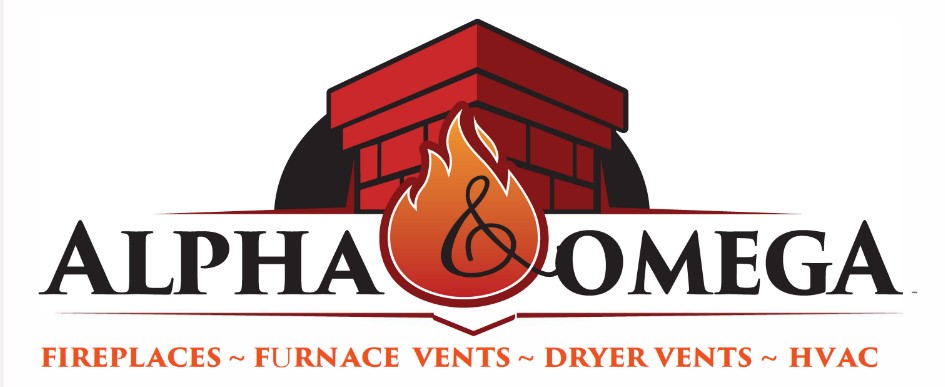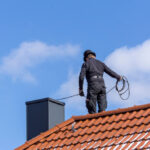
A well-maintained chimney is crucial to ensure that your fireplace operates safely and efficiently, especially in areas like Canton, MI, where the winter months can be harsh. Regular chimney inspections are essential for homeowners who rely on their fireplaces for warmth, ambiance, and comfort. In this blog, we will explore why chimney inspections are vital, what they entail, and how they can help you avoid costly repairs or safety hazards in the long run. The Need for Chimney Inspections in Canton, MI Canton, MI, located in the heart of Ingham County, experiences cold winters that often lead residents to rely... View Article
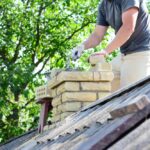
A well-maintained chimney is an essential part of your home’s safety and comfort. In Highland, MI, where the cold winters demand efficient heating systems, ensuring that your chimney functions correctly is critical. Regular chimney maintenance and timely repairs not only keep your home warm but also prevent dangerous situations such as chimney fires or carbon monoxide poisoning. For homeowners in Highland, MI, understanding common chimney issues and how to address them is vital for long-term safety and efficiency. Importance of Regular Chimney Inspections Chimney inspections are the cornerstone of chimney maintenance. A professional chimney sweep in Highland, MI, can thoroughly... View Article
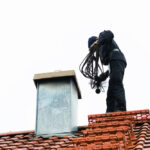
As a homeowner in Williamston, Michigan, you’re likely familiar with the importance of keeping your home warm and cozy during the colder months. The chill of a Michigan winter can be harsh, and many homeowners turn to their fireplaces to create a welcoming environment. However, there is one essential aspect of fireplace safety that is often overlooked: chimney inspections. Annual chimney inspections are crucial for ensuring that your fireplace remains safe, functional, and free of dangerous obstructions that could pose a threat to your home and family. In this blog post, we will explore the significance of yearly chimney inspections... View Article
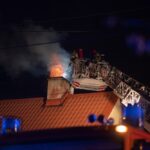
Chimney fires are a terrifying experience that can cause extensive damage to your home in just minutes. When a chimney fire strikes, knowing how to act quickly and effectively can mean the difference between a minor incident and a devastating disaster. This guide will walk you through the steps you need to take to put out a chimney fire and protect your household. Recognizing the Signs of a Chimney Fire Chimney fires often give clear signals that something is wrong. Recognizing these early signs can help you take swift action. Visual and Audible Indicators Loud cracking or popping noises: This... View Article

Chimneys are essential for ensuring the safe operation of fireplaces, stoves, and heating systems. However, they can also be a source of danger if not properly maintained. Regular inspections are crucial for identifying any potential hazards, blockages, or structural issues that might lead to fires or carbon monoxide poisoning. To address these risks, the Chimney Safety Institute of America (CSIA) has established three levels of chimney inspections, each with a specific purpose. In this article, we’ll break down the different levels of chimney inspection, their importance, and what homeowners can expect during these processes. If you use your fireplace or... View Article

